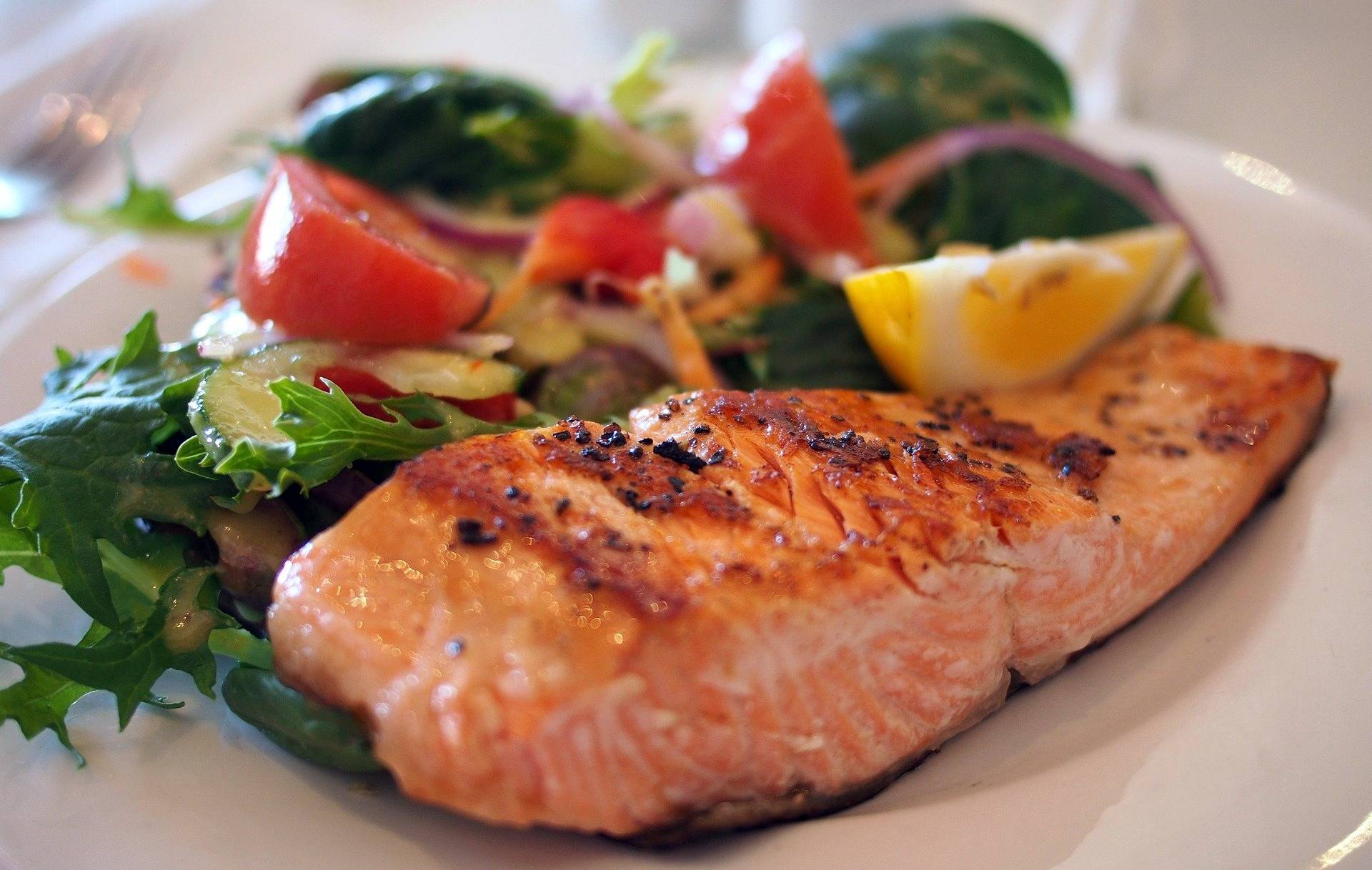Overlooked Benefits of ‘Blue’ Diets

PREMIUM CONTENT for MEMBERS ONLY
As the climate emergency continues to impact people’s daily lives at a more urgent pace, there is increased public interest in looking for more sustainable diet options, specifically when it comes to protein alternatives. Most of the recent attention has been put on plant-based meat substitutes or fully plant-based diets while the environmental and nutritious benefits of certain seafood-based diets have been largely overlooked. Seafood provides substantial amounts of protein, n-3 fatty acids and micronutrients such as vitamin D, vitamin B12, selenium, iodine, iron, zinc, and phosphorus (Bianchi, Marta, et al., 2022). Food production accounts for nearly a third of greenhouse gas emissions with more than half of those being produced by livestock farming. Although a fully plant-based diet would be the most climate-friendly way to eat (but not necessarily the healthiest), there are other diets that are more realistic and accessible for the majority of people. Following a ‘blue’ diet or seafood-based diet has lots of nutritional and environmental benefits that can be a more sustainable option for those not interested in switching to a fully vegetarian diet.
Eating more sustainably sourced fish instead of meat can help reduce one’s carbon footprint without sacrificing nutrient intake, and in many cases even be more nutritious (Coleman, Jude, 2022). A study published earlier this month in Communications Earth & Environment, focused on finding the climate impacts of seafood through the angle of diverse nutritional values. The study found that overall, seafood is more nutritious at lower emissions than terrestrial animal protein sources. When compared with land animal protein sources, half of the 41 seafood species evaluated ranked better than beef, pork, and chicken. Surprisingly, pork comes in right below seafood in both criteria, chicken has a much lower nutrient density that is comparable to the poorest performing seafood species, and beef comes in right below the average nutrient density of seafood but results in higher GHG emissions than any other food analyzed in the study (Bianchi, Marta, et al., 2022).
All that is to say, not all fish rank the same. For example, small, pelagic fish such as anchovies, mackerel, and herring, farmed bivalves such as mussels, oysters and clams as well as wild-caught salmon are some of the species that rank highest on the nutrition and environmental scale, a fact promoted by the company Patagonia Provisions with the phrase “Eat the Bait”. Conversely, species such as farmed and wild-caught shrimp, American lobster, and other cephalopods offer less than average nutritious value and result in higher-than-average emissions. Whitefish such as cod also had a low climate impact but were among the least nutrient-dense food. In comparison to meat, seafood is generally a more nutritious and sustainable choice, but paying attention to the sourcing and production methods is especially important when choosing the best types of fish to add to your diet.
Generally, seafood is more expensive and harder to find in comparison to meat, which brings up the issue of accessibility. Being able to have a diverse diet is a privilege in itself, so putting this research into action will require more solutions to making nutrient dense food widely available to those who need it most. In the past few years tinned fish has become wildly popular across the U.S., popping up on menus all around the country, often seen at trendy restaurants and bars, accompanied by crusty bread and natural wine. This method of seafood preservation, which entails catching the fish at its peak season and canning it with oils and spices, has been around for centuries. It was actually started during the 1700s when the French military were looking for nutritious, shelf-stable meals that didn’t require refrigeration. All that to say, these “conservas” or tinned fish are an extremely nutrient dense, environmentally friendly, and convenient protein option. An added benefit is that it’s relatively easy to find tinned fish that come from sustainably managed fisheries and environmentally conscious sources, making these an even more climate-friendly option.
Overall, substituting meat with seafood is a nutritious and environmental win. When looking for the best fish to eat under both criteria, wild caught pink salmon and sockeye salmon, as well as wild-caught, small, pelagic fish and farmed bivalves were the best choices for nutrient-dense, low emissions protein options. Following a ‘blue’ or seafood-based diet is a great way to make your diet more sustainable and nutritious, even if it’s only a few meals a week!

Juliette Frank is a recent UCLA graduate with a degree in Public Affairs and Food Studies. Her interests include the interrelation between food systems, digestive health, and the environmental impacts of food production.
✓ This article was reviewed and approved by Emeran Mayer, MD